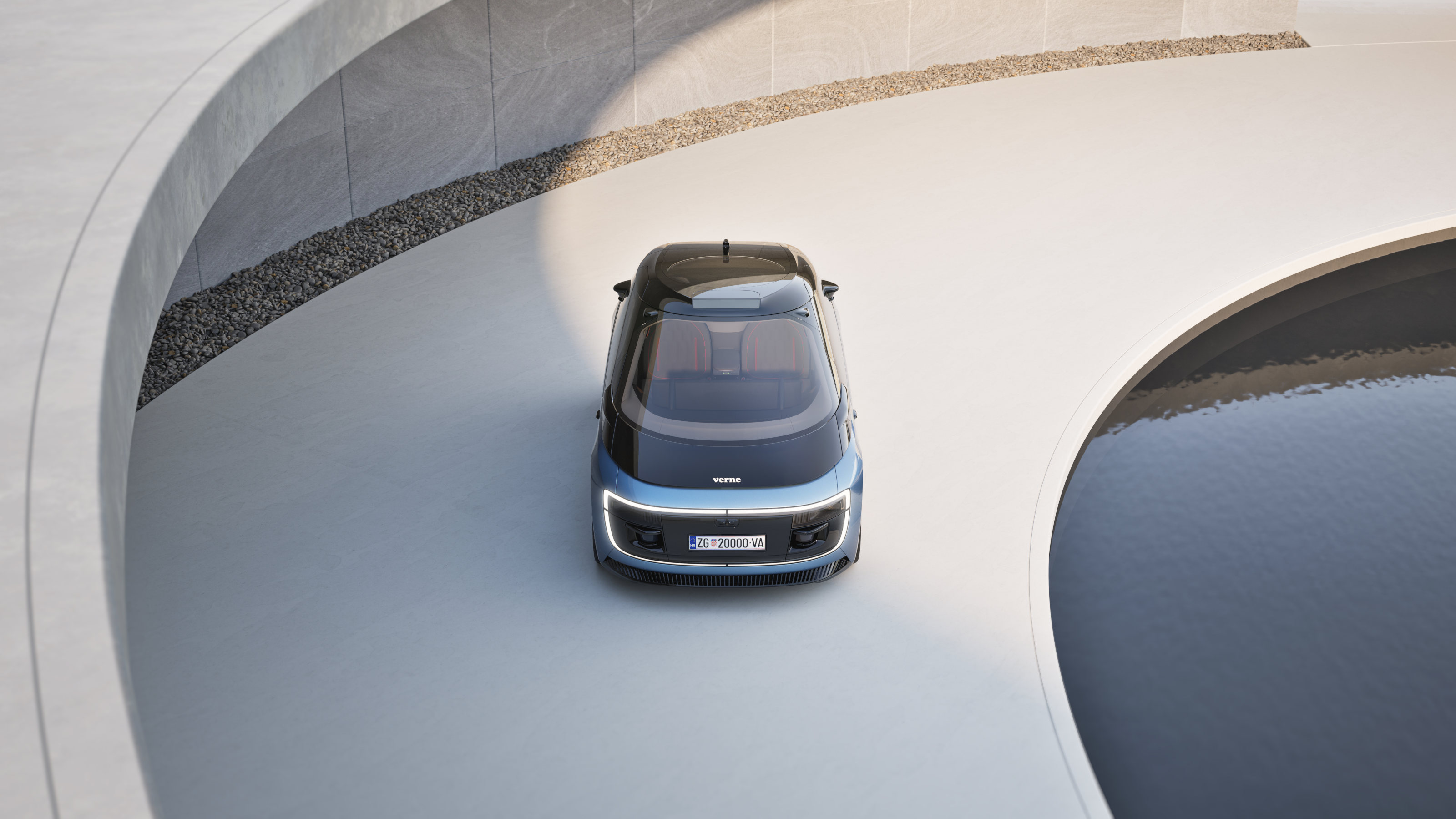
Automotive autonomy remains an unknown quantity. Despite gung-ho early predictions about the inevitability and ubiquity of self-driving technology, the legal, philosophical and, above all, technical barriers to widespread adoption remain stubbornly in place.
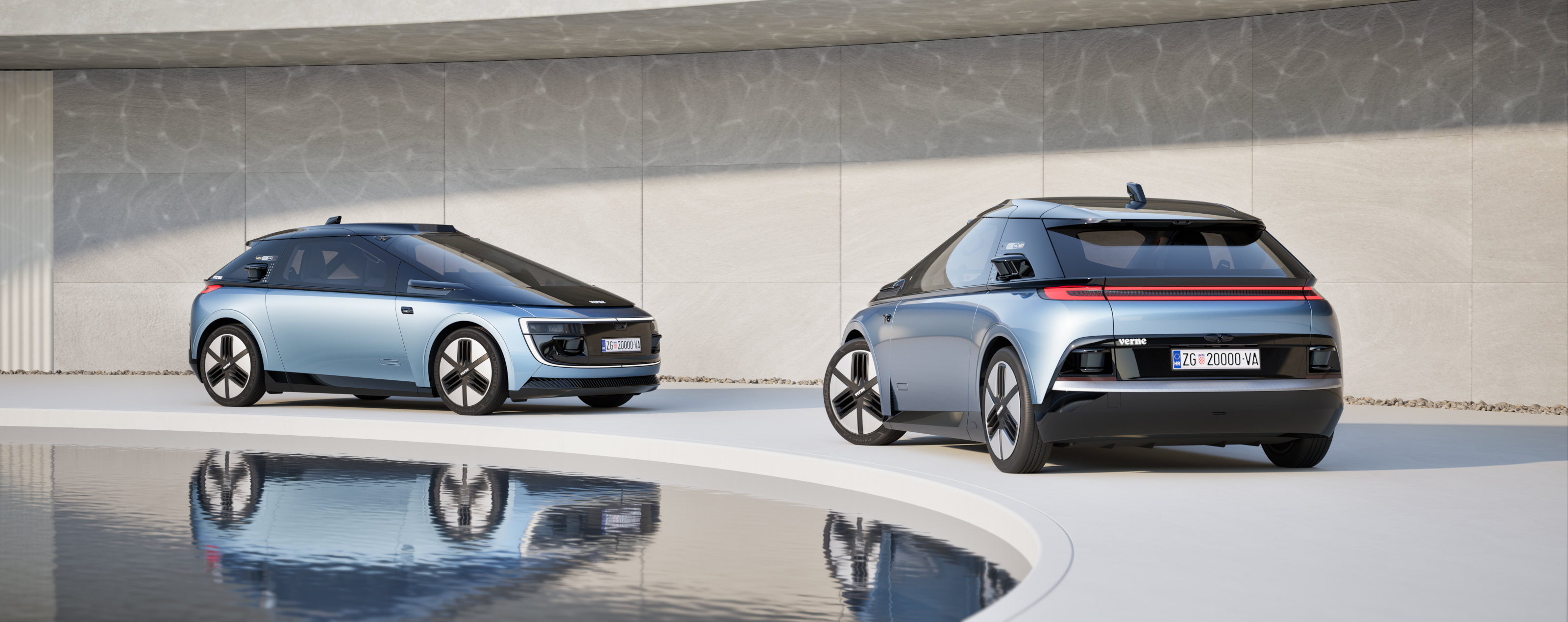
Verne is a new company that proudly bills itself as an 'innovative concept of urban autonomous mobility'. Co-founded by Croatian engineer and entrepreneur Mate Rimac, Verne will launch as a complete eco-system of vehicle, app and service, beginning in Zagreb in 2026.

Rimac is best known for his eponymous electric hypercar company, and for Verne – named after the French pioneer of science fiction – he has joined forces with two Rimac Group colleagues, Marko Pejković, now CEO of Verne, and new chief design officer Adriano Mudri, the designer of the Rimac Nevera hypercar.

The Nevera is one of the fastest electric cars ever made, but Verne's service will run at a rather more leisurely pace. The public face of the service is a new fully autonomous electric vehicle, a compact two-seater with a spacious interior that makes the most of the absence of driver, dashboard, and steering wheel.
A driverless future: inside Verne’s autonomous taxi

'The data shows that nine out of ten rides are used by one or two people. Therefore, we can satisfy most of all trips with a two-seater and create unmatched interior space in a compact-sized vehicle,' says Mudri. 'More space than a Rolls-Royce to relax and spend your time well. We wanted to make the interior less automotive and more like a living room [with] an ultra-wide 43-inch display that you can use. This is for entertainment but also to get information about the journey during the ride.'

Fixtures and fittings will be luxurious but hardwearing – think business class – with a touchpad for controlling the environment and a key physical switch, the 'Median', which will start and stop your pre-booked trip. All this is set beneath a round sunroof that the company calls the Halo ring.

The two-seat, driverless interior gives the compact vehicle a distinctive silhouette, with a long canopy-like windscreen that reaches almost to the front bumper. This inside-out design approach creates something the Verne team describe as 'spaceship-like', a look emphasised by the absence of conventional accessories like windscreen wipers and mirrors. 'This makes the aerodynamic performance more efficient and allows for easier cleaning,' says Mudri, who adds that a trunk is kept as it'll tie in with the projected use cases.

The core of the service is an app that not only allows customers to hail a ride, but also to personalise the incoming vehicle to their tastes in 'comfort, lighting, temperature and even scent'. In short, Verne is an upscale driverless taxi service, a blend of Uber and Zipcar with a mature, self-driving technology.

It's the latter that'll make or break the idea. Verne is partnering with autonomous specialist Mobileye, with its Mobileye Drive platform. The vehicle will be outfitted with a substantial sensor set (cameras, radar and lidar) to help it navigate local traffic, changes in weather conditions and the countless other factors that'll come into play to make the system a success.
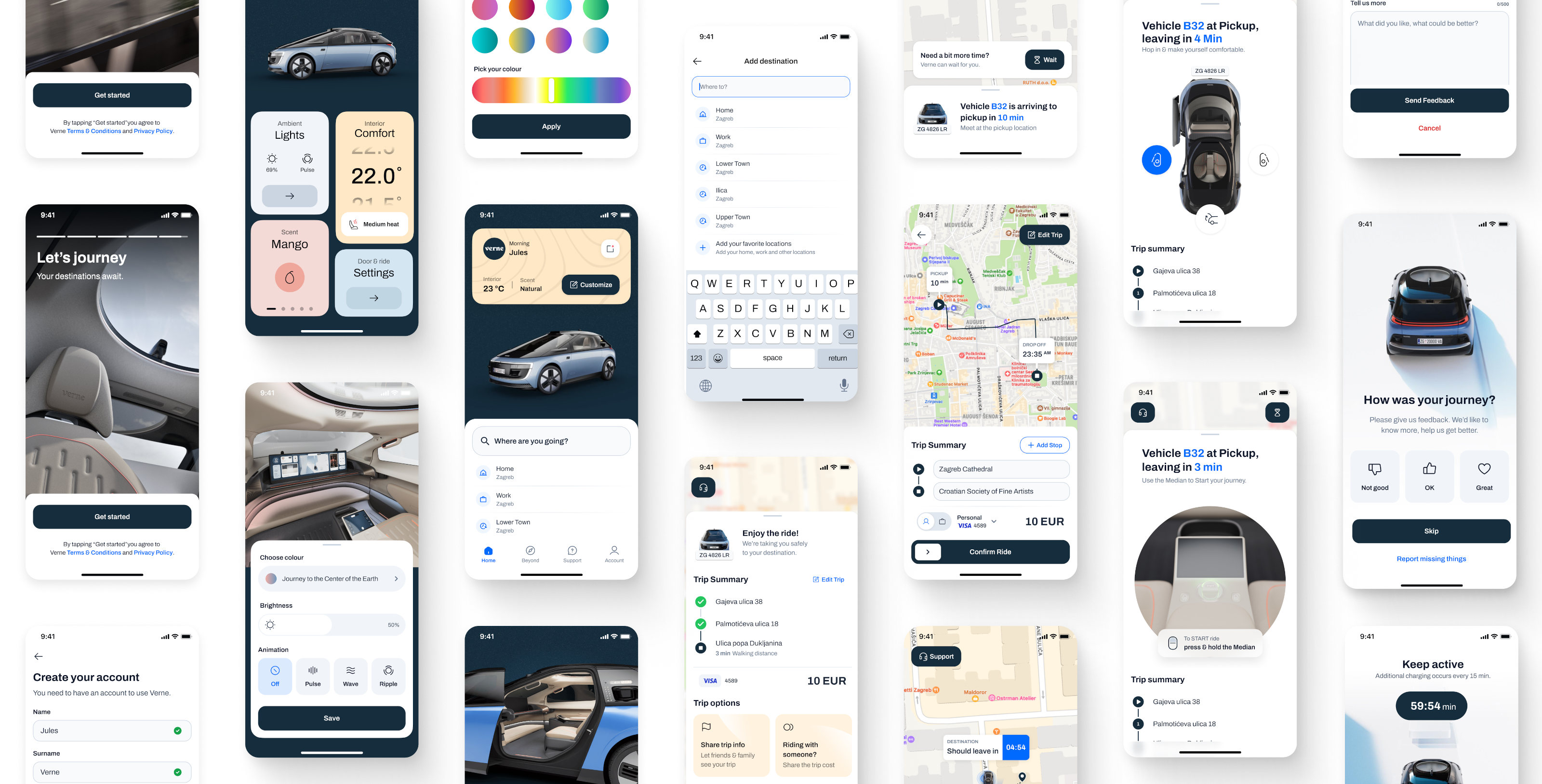
To make all this happen, not only is the city of Zagreb a willing partner, but fresh physical infrastructure will be required. Each city will have its own 'Mothership', a fancy name for a depot that'll charge, clean and service each machine ready for its daily shift. The next countries on Verne's roll-out roadmap are the UK and Germany, as well as the Middle East.
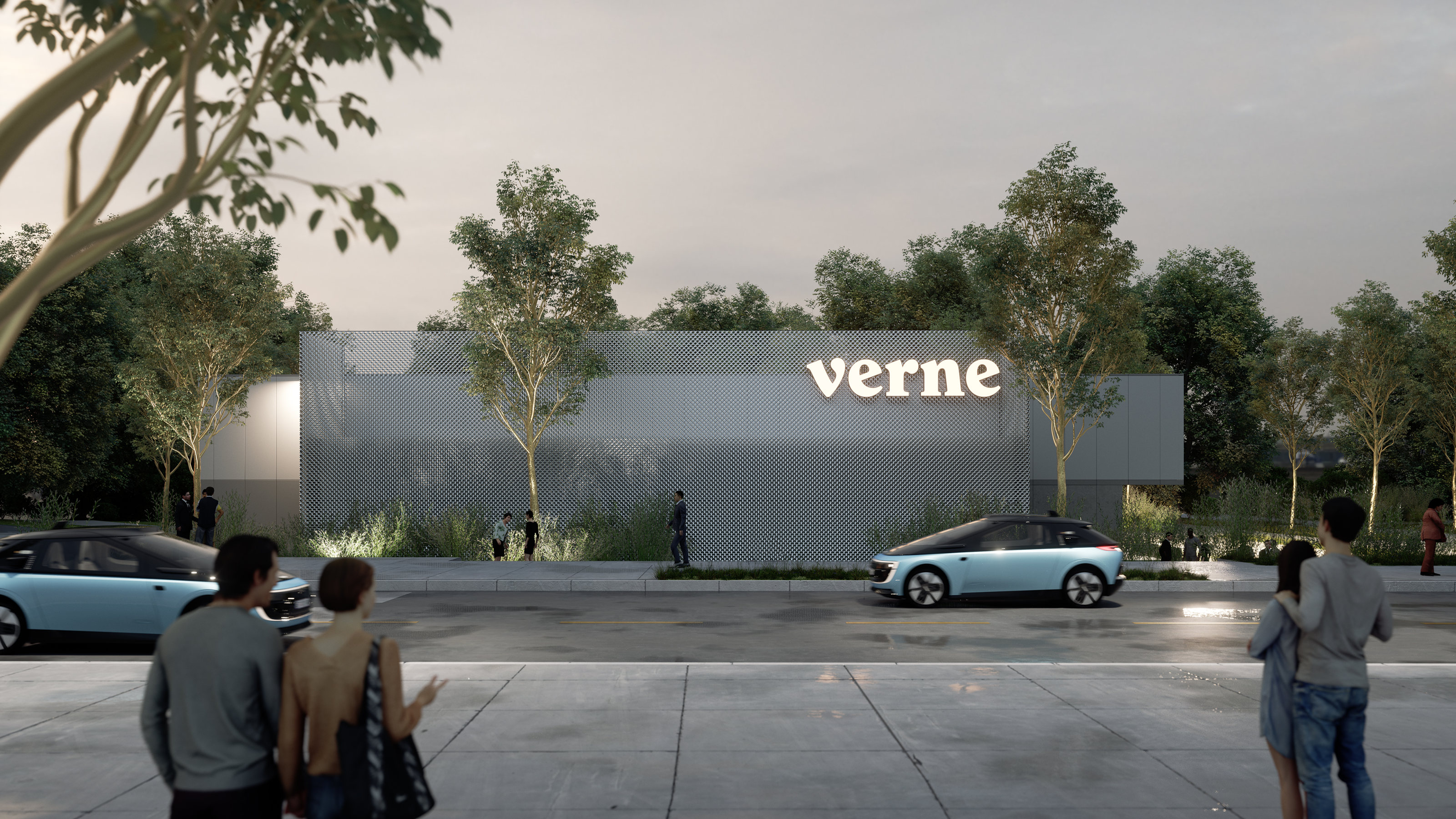
'The end result would be the best possible mobility experience for everyone,' says Mate Rimac. 'This means that every customer will have a better service than the best mobility service enjoyed by the very rich, through a service that is affordable for all.'

Rimac, who founded Rimac Automobili in 2011, has seen his modest company rise to a position of technical superiority in the EV industry. With the hypercar division now known as Bugatti Rimac, the Rimac Group also has divisions working with BMW and Porsche. Although pure automotive passion was the original catalyst for the company, Verne is a very different proposition, combing EV and autonomy in a pioneering way that has been much theorised but not yet put into practice.
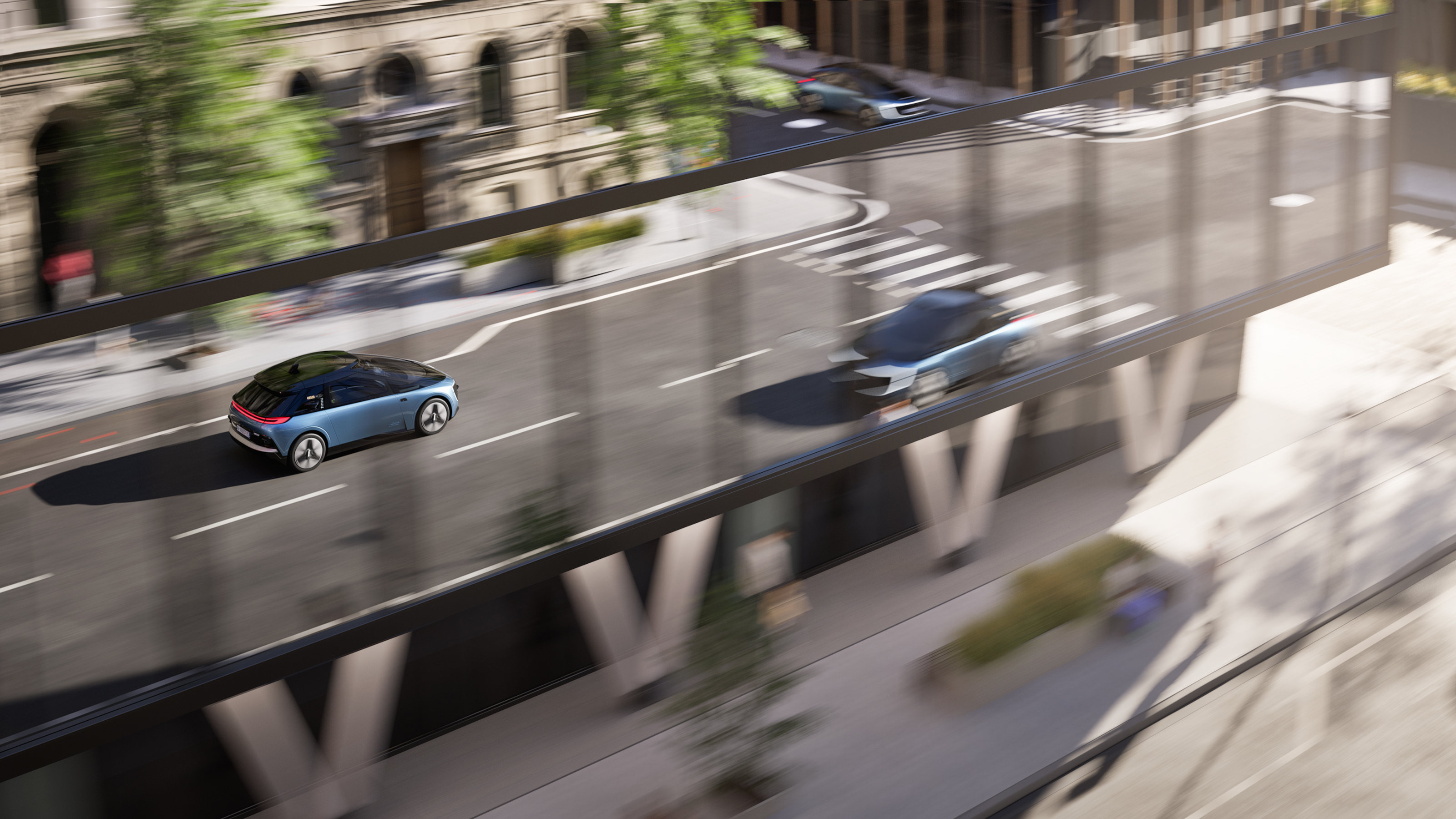
'We are shifting the attention from the technology itself to its benefits,' says Rimac. 'Verne will transform travel time into a chance for personal growth, discovery, and enjoyment. In essence, enriching lives in every journey you take.'
Find out more at LetsVerne.com







